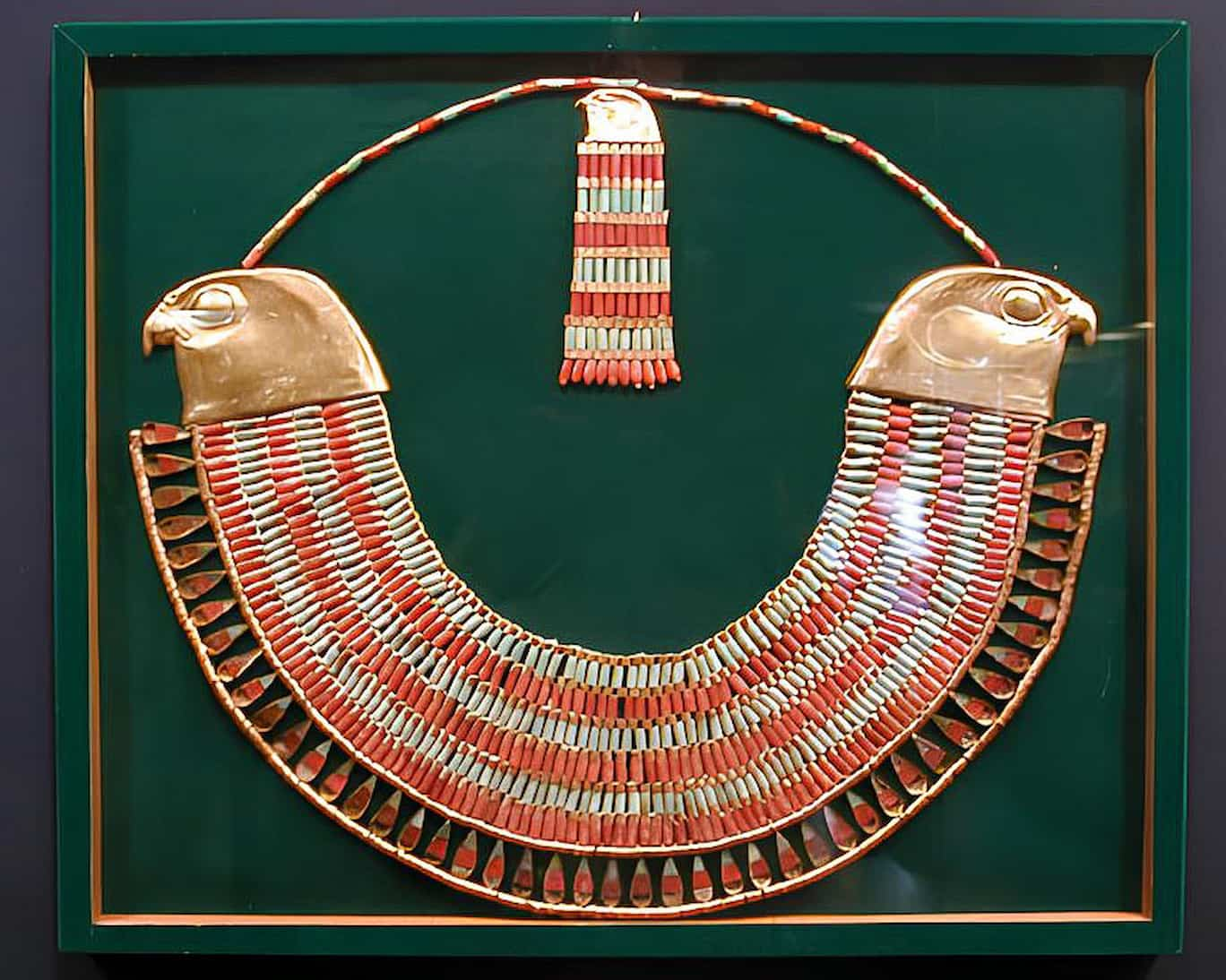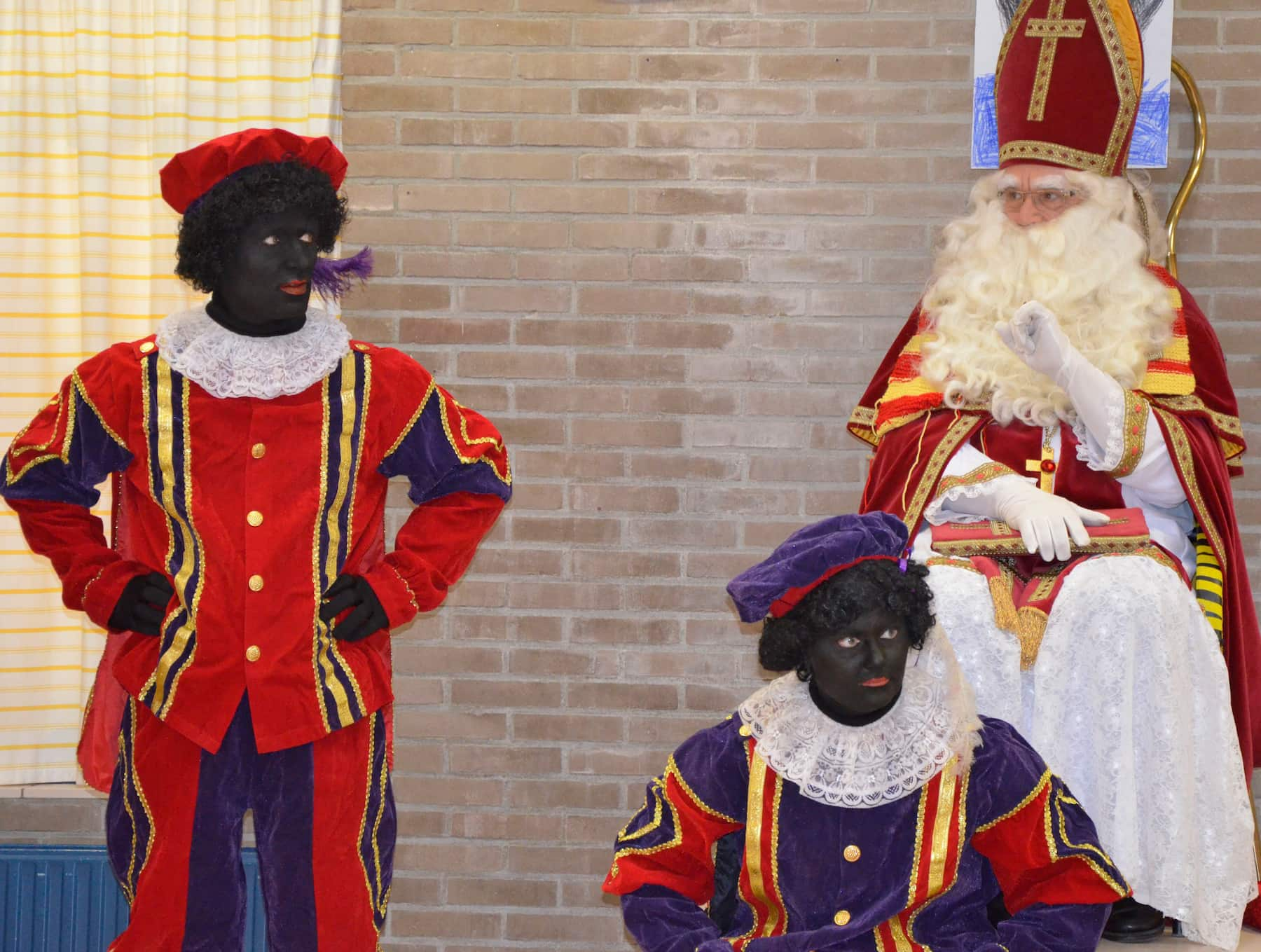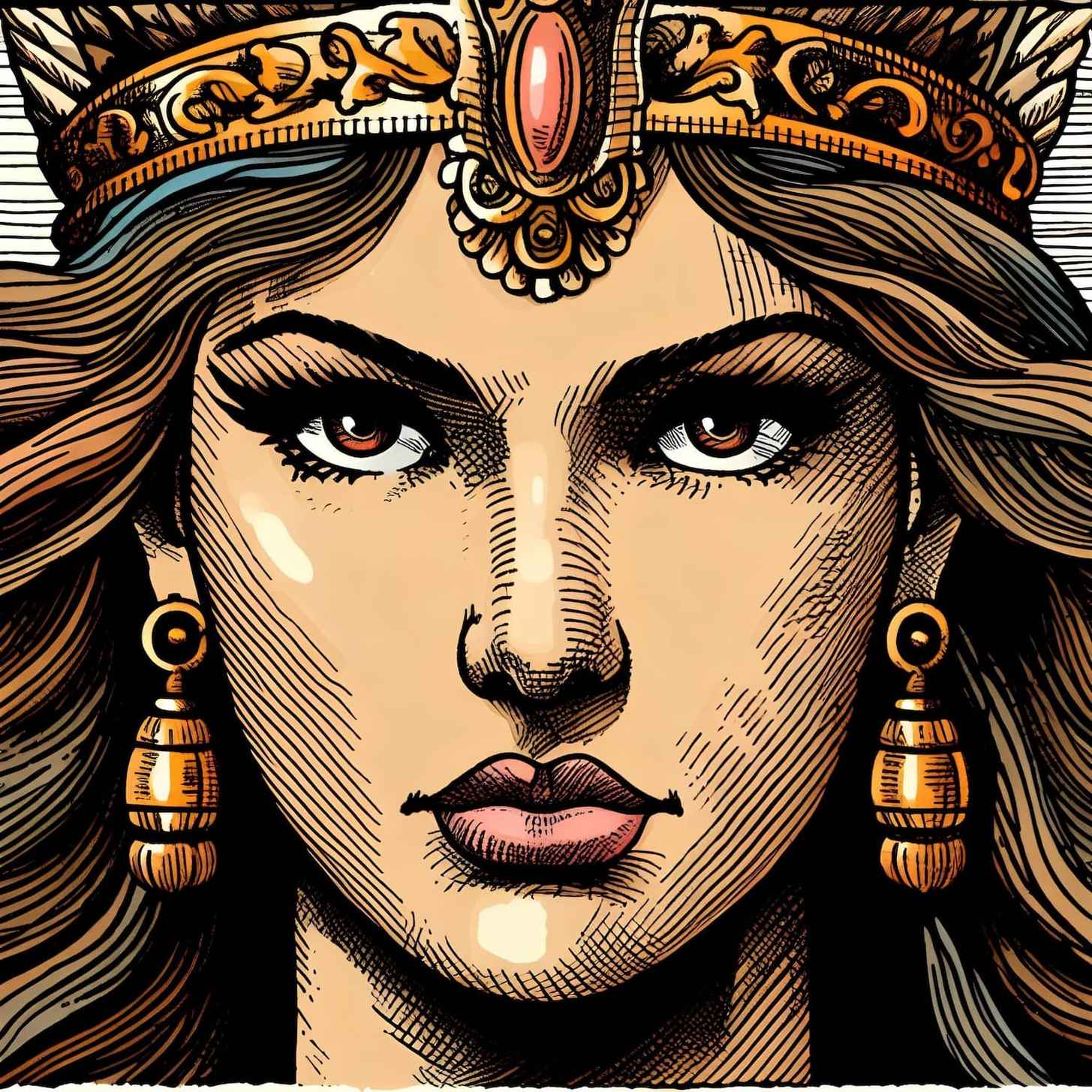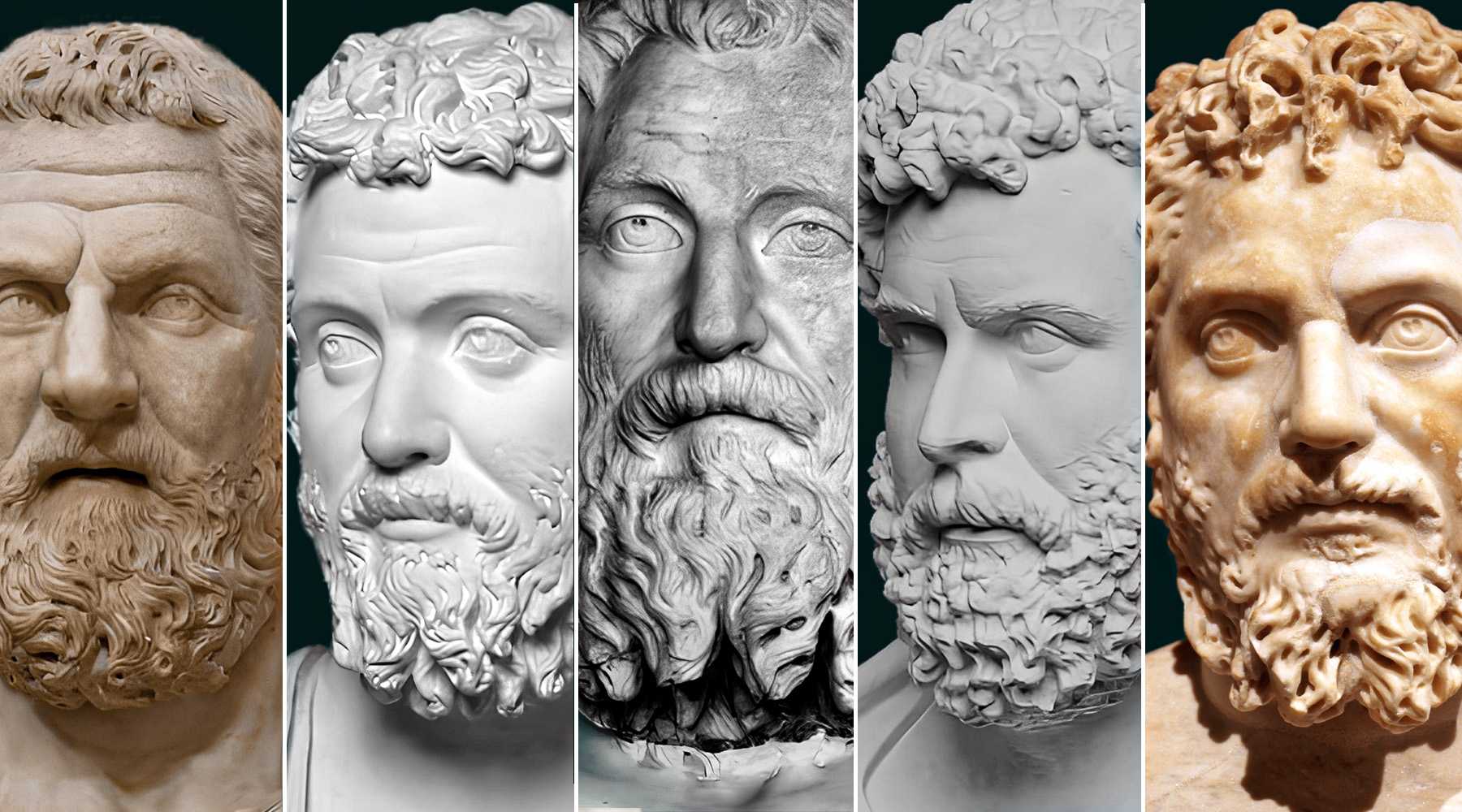The usekh collar is a typical ancient Egyptian neck ornament. It is mostly a wide collar consisting of several strands of beads, with various symbols at its ends. These symbols usually include falcon heads, vultures with spread wings, and falcons or uraeus serpents.
Development
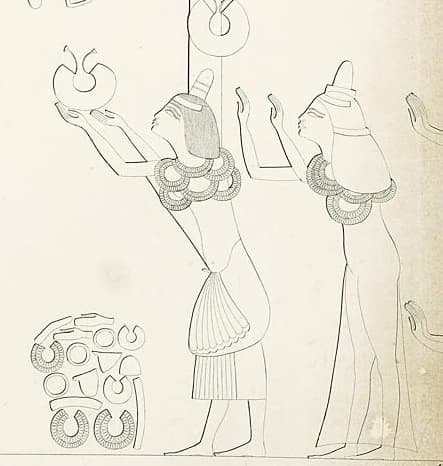
Initially, the usekh collar was a decorative piece used by the king to reward his officials and by the landlord to reward his subordinates. Since the Middle Kingdom, usekh collars have been part of funerary equipment and were depicted on coffin friezes. Until the Late Period, collars with falcon heads could be found on mummy-shaped coffins. Since the Late Period, there has been a specific spell in the Book of the Dead for a “gold usekh collar, which is placed around the neck of the transfigured one on the day of burial” (Spell 158).
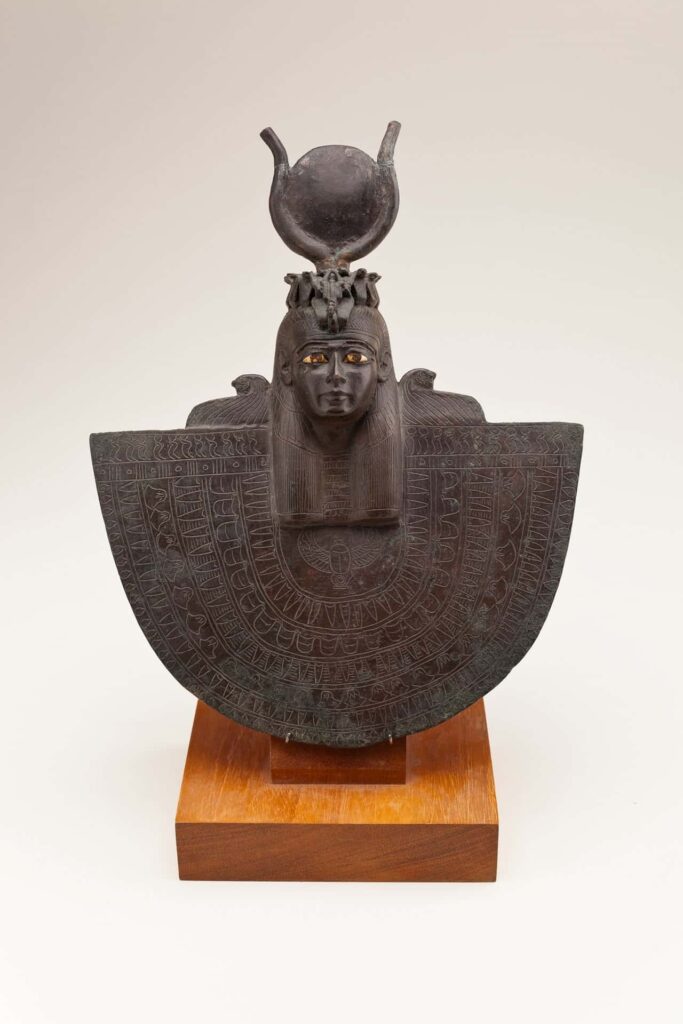
In later figures, the goddess Bastet held the usekh collar as a shield in front of her chest, and the cats of Bastet also wore the aegis as a neck cord. It is likely that the (erroneous) term “aegis” was derived from these Bastet figures because the term originally referred to the shield of the Greek gods Zeus and Athena.
Chenu, a usekh collar knotted from the Old Kingdom, is known by name.
Meaning
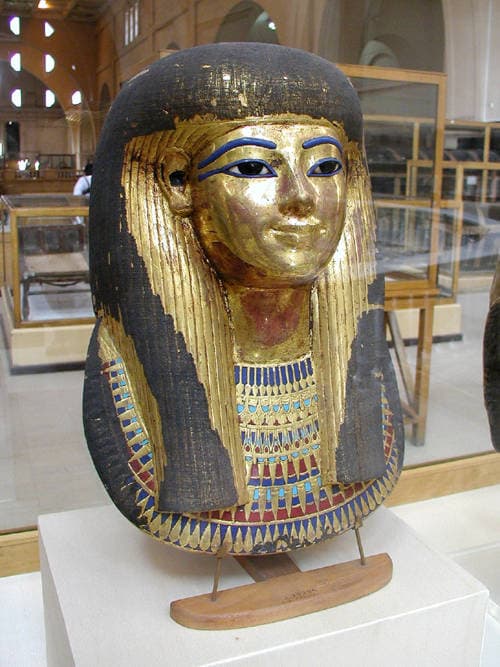
The usekh collar primarily served as a protective symbol and was often recited in spells for the Opening of the Mouth ritual and during the dressing of the deity’s statue. In the Temple of Seti I in Abydos, there is a depiction in the Chamber of Re-Horakhty where the king presents a usekh collar with a pectoral as clothing for a deity’s statue. This ritual probably belonged to the daily morning service. The usekh collar may also have served as a reminder of the god Atum, who spread his arms around Shu and Tefnut to impart his ka to them. Thus, putting on the collar was equivalent to being embraced by divine arms. It thus had the same significance as the vulture with spread wings on the sarcophagus of Thutmose I.
Other Forms
Furthermore, from the New Kingdom onwards, there were usekh collars as amulets (modernly referred to with the Greek term “aegis”), which bore the head of a god, a sacred animal, or the king, with female deities predominating in this form. Occasionally, a divine couple was also depicted, such as Onuris and Tefnut united.
The collars were not only found with mummies but also as chain links or decorations for fingers and earrings. In addition, small replicas existed as amulets for the deceased.
Originally, godheads over chest collars were already found on godstaffs as well as the prow and stern of godbarges. Thus, the aegis was actually just a representation of a god and the collar was merely an accessory. In the case of consecrated deities, the collar occasionally received a menit handle and possibly even served as a ritual instrument.


